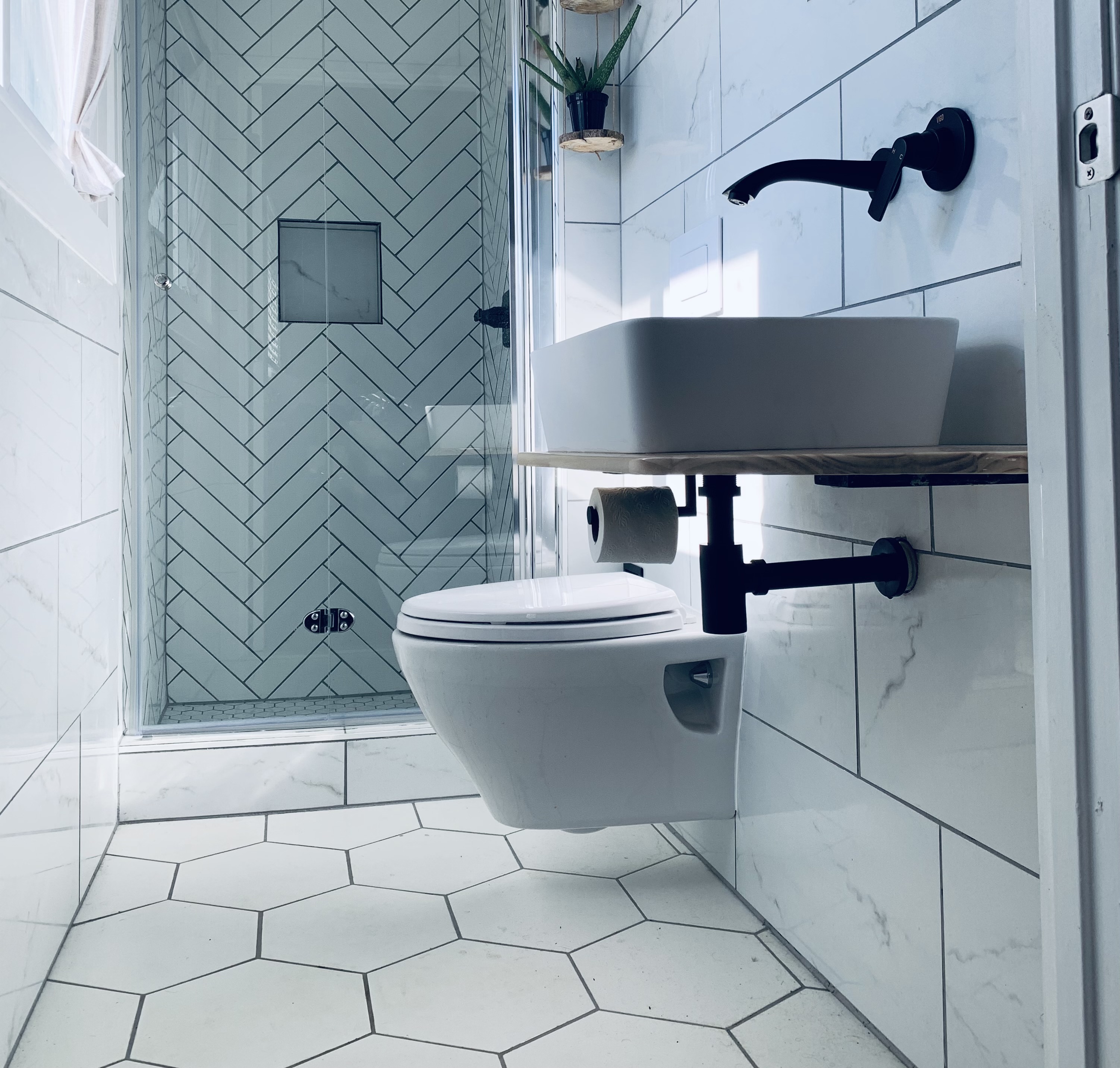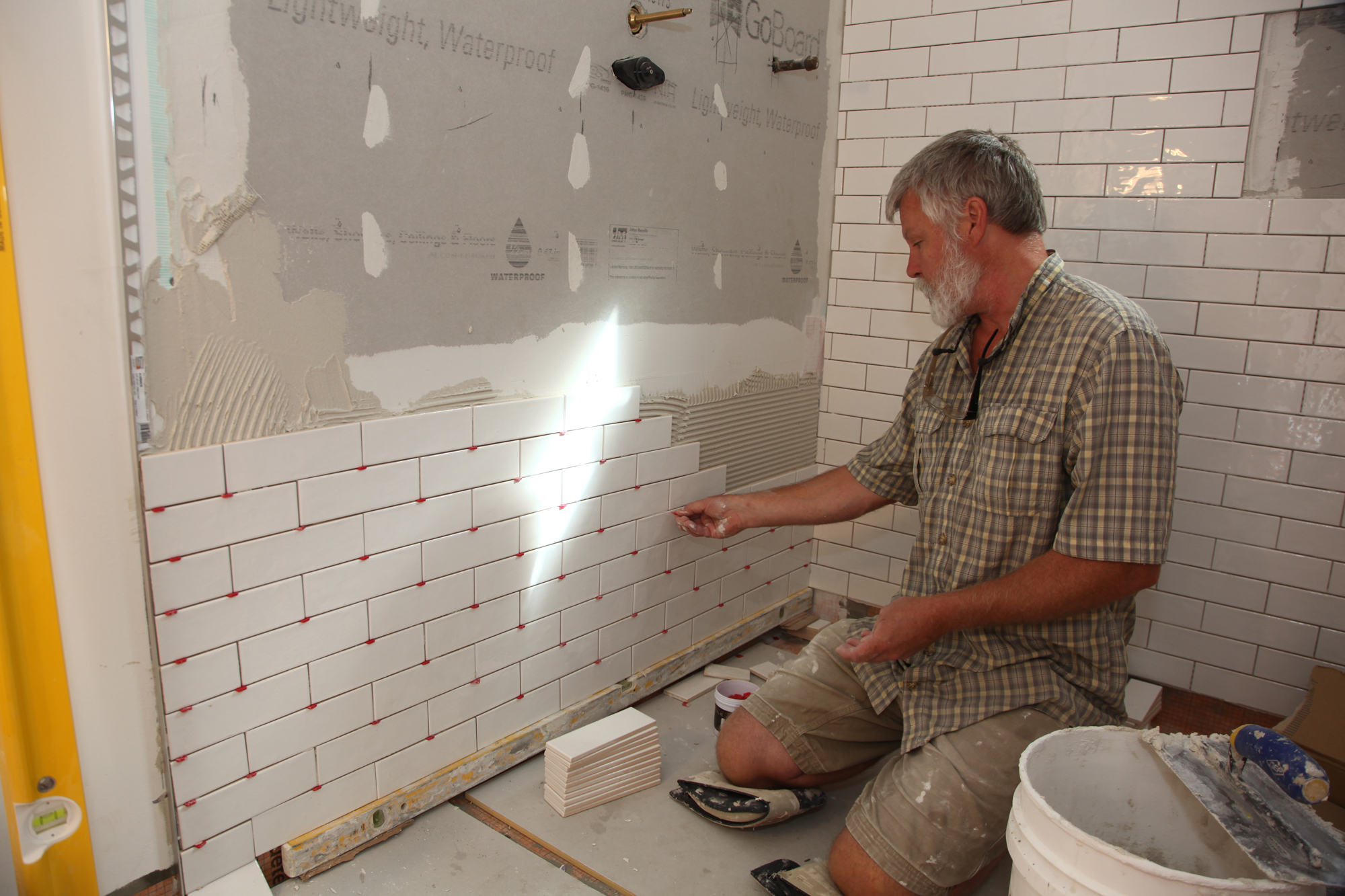Preparing for Installation

How to install bathroom walls – Before embarking on the installation of bathroom walls, it is imperative to meticulously prepare the necessary tools and materials. This includes a level, measuring tape, pencil, stud finder, utility knife, caulk gun, and a variety of screws and nails. Additionally, you will need drywall, backer board, and adhesive.
To ensure a precise and seamless installation, it is essential to accurately measure and mark the walls. Begin by measuring the length and height of the wall where the drywall will be installed. Mark the measurements on the wall using a pencil and level. Next, locate the studs in the wall using a stud finder and mark their positions. These marks will serve as guides for attaching the backer board and drywall.
Installing bathroom walls can be a daunting task, but with the right tools and materials, it can be done. One important consideration is the type of heater you will use. A dimplex bathroom wall heater is a great option because it is both efficient and stylish.
It can be installed quickly and easily, and it will provide years of trouble-free operation. Once you have chosen a heater, you can begin the process of installing your bathroom walls.
Surface Preparation and Priming
Proper preparation of the walls prior to installation is paramount. Remove any existing wall coverings, such as wallpaper or paint. Clean the walls thoroughly to remove any dirt or debris. If the walls are uneven or have any imperfections, it is recommended to apply a layer of joint compound to smooth the surface. Allow the joint compound to dry completely before sanding it smooth.
When it comes to installing bathroom walls, there are a few things you’ll need to keep in mind. First, you’ll need to make sure that the walls are properly framed and that the drywall is hung correctly. Once the drywall is up, you can start to think about adding some storage.
A mainstays bathroom wall cabinet is a great way to add some extra storage space to your bathroom without taking up too much floor space. These cabinets are available in a variety of styles and finishes, so you can find one that matches your bathroom décor.
Once you’ve installed your wall cabinet, you can start to enjoy the extra storage space it provides.
Once the walls are clean and smooth, apply a coat of primer to seal the surface and improve adhesion. Choose a primer that is specifically designed for the type of wall surface you are working with. Allow the primer to dry completely before proceeding with the installation.
Installing Wall Panels: How To Install Bathroom Walls

Installing wall panels is a crucial step in bathroom renovation. These panels provide a waterproof and stylish finish to the walls, protecting them from moisture and enhancing the overall aesthetics of the space.
Types of Wall Panels
Various types of wall panels are available, each with its own advantages and suitability for bathroom environments:
- Acrylic Panels: Durable and resistant to moisture, making them ideal for high-traffic areas like showers and bathtubs.
- PVC Panels: Lightweight and budget-friendly, providing a moisture-resistant barrier.
- Fiberglass Panels: Highly durable and easy to clean, suitable for humid environments.
- Solid Surface Panels: Non-porous and seamless, offering a high-end look and excellent resistance to stains and bacteria.
Cutting and Fitting Wall Panels
Accurate cutting and fitting of wall panels is essential for a professional-looking installation:
- Measure and Mark: Carefully measure the walls and mark the panel sizes using a level and a pencil.
- Cut the Panels: Use a sharp utility knife or a power saw to cut the panels along the marked lines.
- Dry Fit: Test the fit of the panels before securing them to the walls.
Securing Wall Panels
Wall panels can be secured using adhesive or mechanical fasteners:
- Adhesive: Construction adhesive is applied to the back of the panels and pressed firmly against the walls.
- Mechanical Fasteners: Nails or screws can be used to secure the panels to studs or furring strips.
The choice of method depends on the type of wall panels and the substrate they are being installed on.
Finishing Touches

Once the wall panels are installed, the finishing touches are essential to complete the look and ensure the longevity of the bathroom walls. These touches include grouting and sealing the joints, installing trim and moldings, and maintaining and cleaning the walls.
Grouting and Sealing
Grouting the joints between the wall panels fills in any gaps and creates a smooth, waterproof surface. Use a grout that is specifically designed for bathroom use, and apply it with a grout float or trowel. Once the grout has dried, seal it with a clear silicone sealant to prevent water from seeping into the joints.
Trim and Moldings
Trim and moldings add a decorative touch to the bathroom walls and help to protect the edges of the panels from damage. Install trim around the edges of the walls, around windows and doors, and at the corners. Use a miter saw to cut the trim to the correct length and angle, and secure it in place with nails or adhesive.
Maintenance and Cleaning, How to install bathroom walls
To ensure the longevity of the bathroom walls, regular maintenance and cleaning are essential. Clean the walls regularly with a mild soap and water solution, and avoid using harsh chemicals or abrasive cleaners. If any mold or mildew appears, treat it with a bleach solution. Inspect the grout and sealant regularly for any cracks or gaps, and repair them as needed.